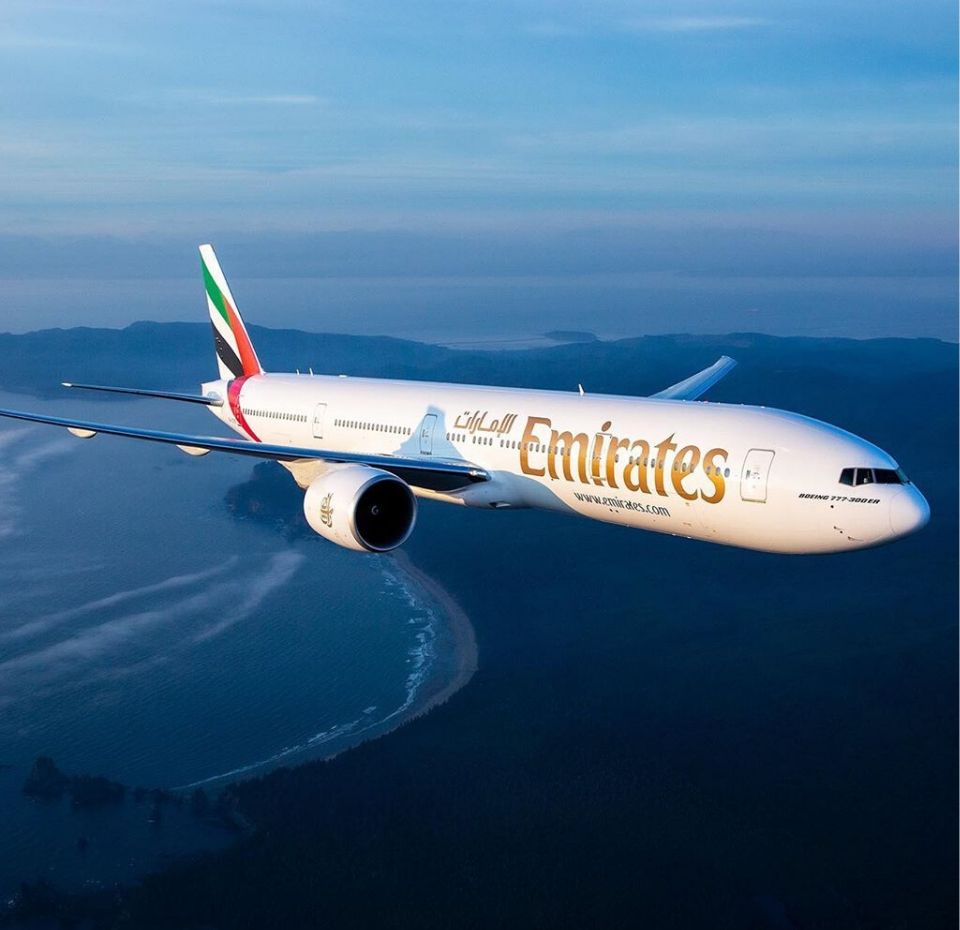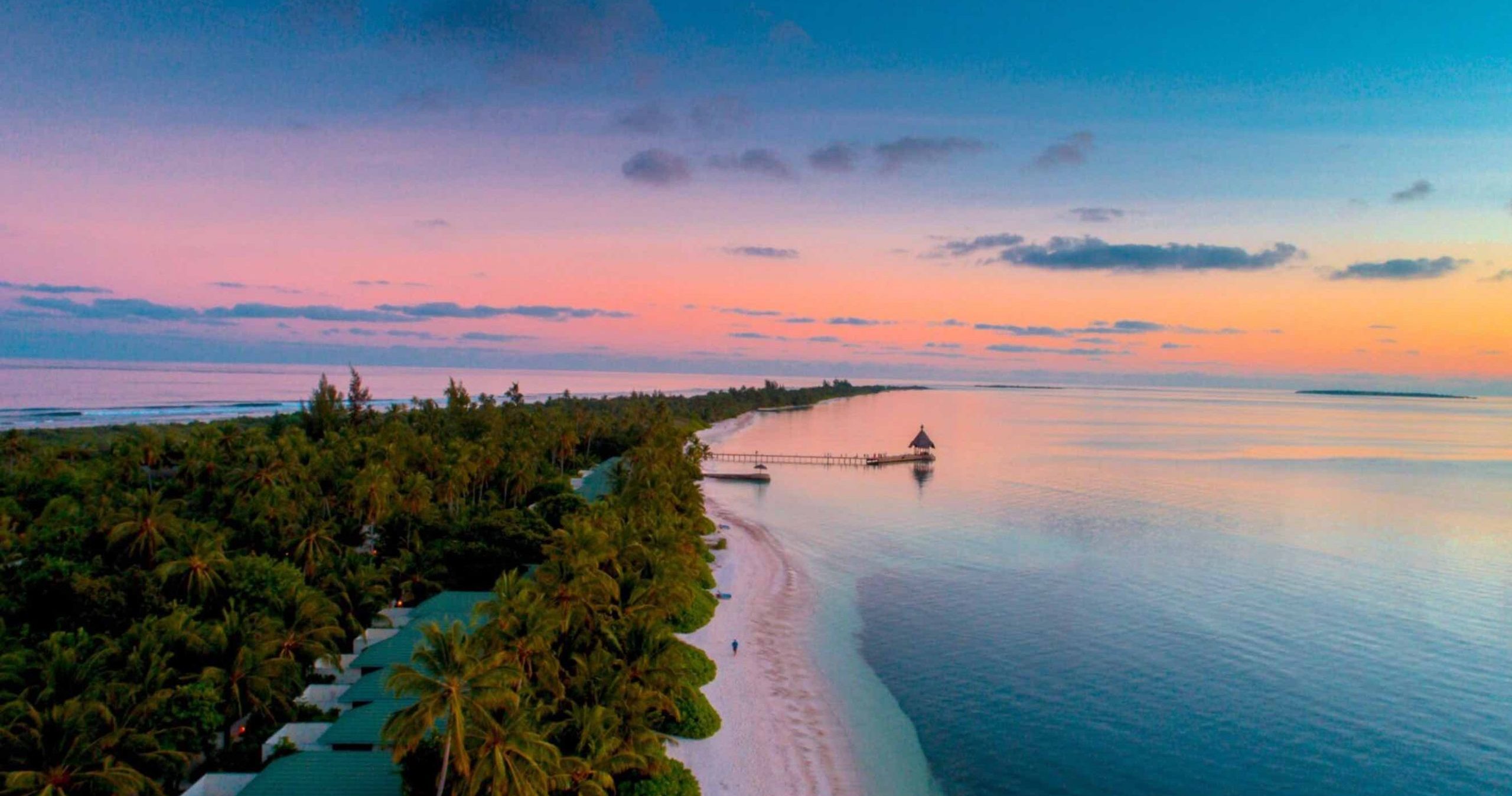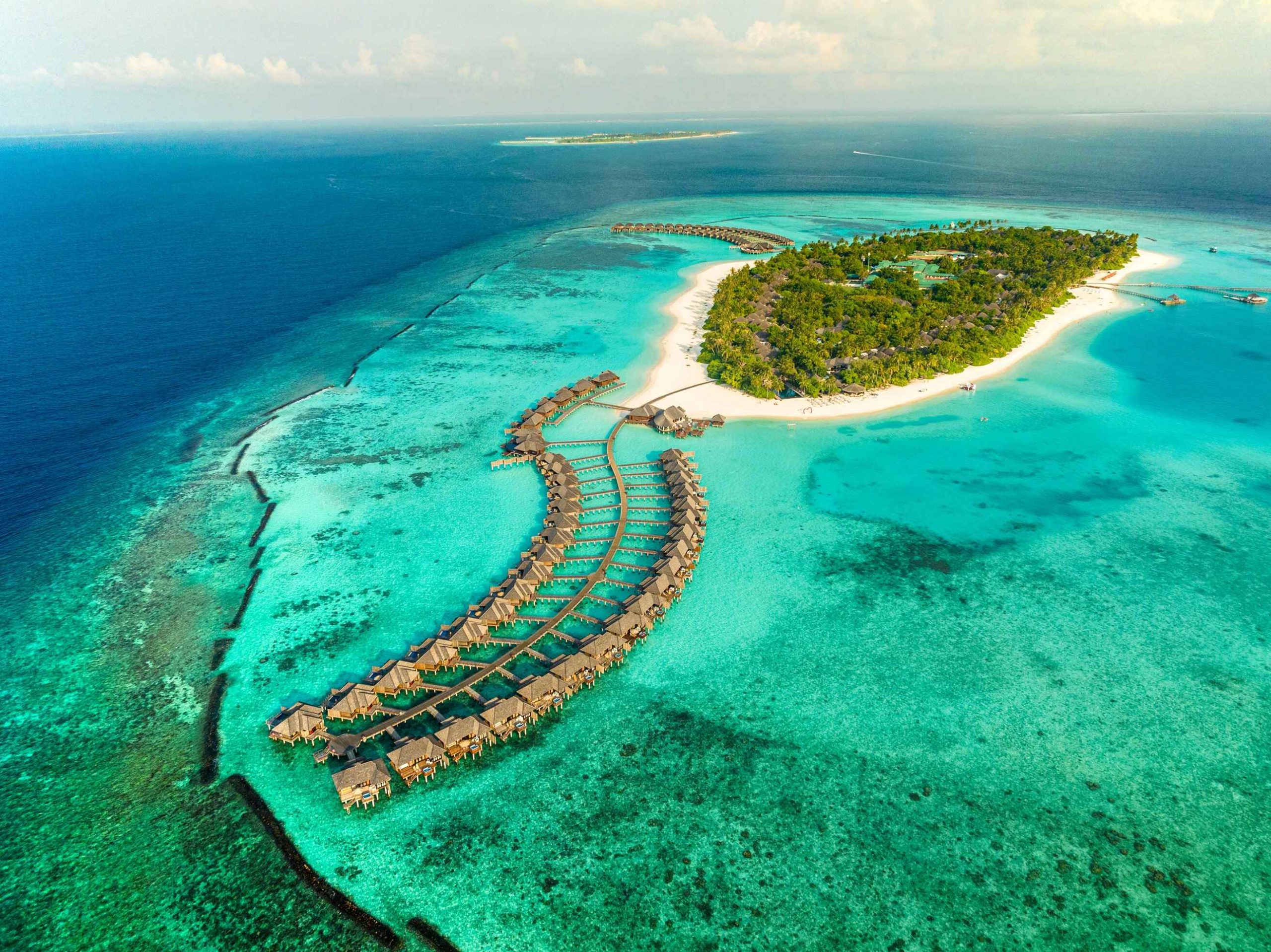Emirates has announced plans to resume scheduled flight operations from 21st May 2020 onwards to nine destinations. This includes flights to London, Frankfurt, Paris, Milan, Madrid, Chicago, Toronto, Sydney and Melbourne.
Emirates will also offer seamless connections for passengers travelling between UK and Australia in Dubai. Flights will be available for booking through the airline’s website www.emirates.com. However, travellers will only be accepted on these flights if they are eligible and complies with the entry criteria requirements to the specified destinations. This includes approval from the Federal Authority for Identity and Citizenship (ICA) for UAE residents wanting to return to Dubai.
We are pleased to resume scheduled passenger services to these destinations, providing more options for customers to travel from the UAE to these cities, and also between the UK and Australia. We are working closely with the authorities to plan the resumption of operations to additional destinations. We have implemented additional measures at the airport in coordination with the relevant authorities in respect to social distancing and sanitization. The safety and wellbeing of our employees, customers and communities, remain our top priority.”
Adel Al Redha, Chief Operating Officer for Emirates
Along with the scheduled flights, Emirates will continue working closely with embassies and consulates to provide repatriation flights for visitors and residents wishing to return home. This includes flights from Dubai to Tokyo Narita on 15th May 2020, Conakry and Dakar on 16th May 2020.
Since the initial outbreak, Emirates has been implementing extra safety measures while heeding to the advice from relevant authorities. In addition to making gloves, masks and hand sanitizers mandatory for all employees at the airport, the airline has installed protective barriers at check-in desks to ensure the safety of passengers and employees. Temperature checks via thermal screening being mandatory, passengers are also required to wear masks when at the airport and during the flight and adhere to the social distancing norm.
Furthermore, magazines and other printed reading materials will not be available in-flight. Food and beverages will be offered while packaging and presentation will be changed to reduce contact during meal services. Cabin bags are not currently accepted, limiting the carry-on items to laptop, handbag, briefcase or baby items. Rest of the items have to be checked in. The airline carries out thorough cleaning and disinfection of aircraft in Dubai post each journey.







